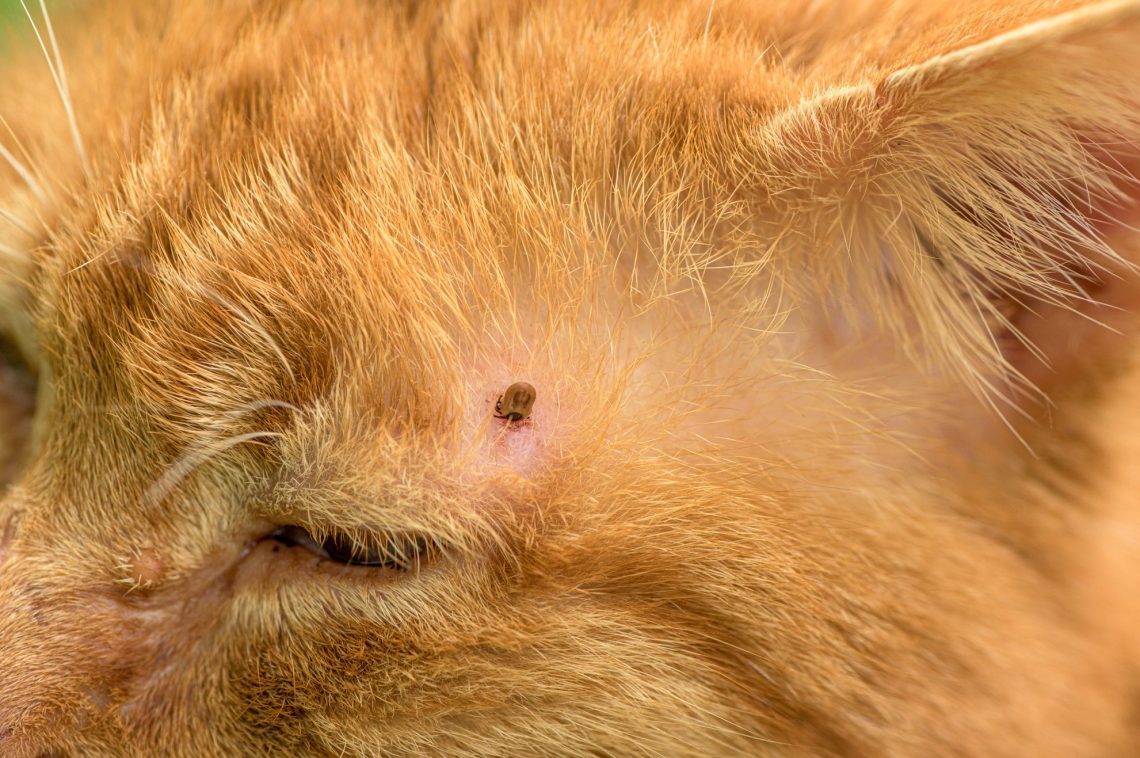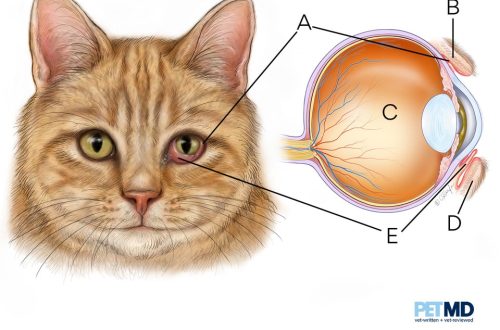
Ticks on a cat. What to do?

Contents
Ixodid ticks
They are blood-sucking parasites. More recently, they lived only in forests, but today their habitat has moved to the city. Since the tick bite is not initially accompanied by any symptoms, the owner should regularly examine the pet.
Ixodid tick is a carrier of blood parasitic diseases such as bartonellosis, babesiosis, ehrlichiosis, hemoplasmosis, anaplasmosis. Without competent and timely treatment, almost all these diseases lead to death.
How to get an ixodid tick?
If you find a tick on the body or head of a cat, you need to carefully unscrew it. Do not pull or make sudden movements. After extracting the parasite, the bite site must be disinfected, and the animal should be monitored: if itching, redness appears, or the animal becomes lethargic, it is urgent to take the pet to a veterinary specialist.
Protection against ixodid ticks
To protect against ticks, special drops and sprays, as well as special collars, should be used. But do not forget that these funds do not give guarantees against infection, and after a walk or outing into nature, the pet must be inspected for parasites.
Ear mites
The ear mite (otodectosis) does not live in the external environment and is transmitted from an infected animal. With otodectosis, a dark discharge with a smell appears in the pet’s ears, the skin peels off, and the cat suffers from severe itching.
These mites feed on the blood and skin inside the auricle, causing pain and discomfort to the cat. And, if the pet is not treated, the parasite will move inward, affecting the eardrum, middle and inner ear, which can lead to serious consequences, even death. Therefore, if strange habits appear in the behavior of a cat, it must be immediately shown to a veterinarian.
Treatment
The main treatment should be prescribed by a doctor, depending on the symptoms and neglect of the disease. In some cases, treatment with a special solution is enough, but it may be necessary for the doctor to treat the ear canals with special means, and only then lotions, ointments and drops will go into action. As a preventive measure, you should avoid using care items after other animals, regularly inspect the auricles, and at the same time strengthen the pet’s immunity.
Subcutaneous ticks
The disease is transmitted from already infected animals. At the same time, a subcutaneous tick can be present on the cat’s body for years and not manifest itself in any way. But it will definitely make itself felt when immunity is reduced. These mites prefer to parasitize in those places where the pet has delicate skin and little hair.
Treatment
Getting rid of a subcutaneous tick is quite difficult, treatment can last for months. Injections, special sprays and ointments for treating wounds may be recommended to a sick animal. In addition, it is necessary to strengthen the pet’s immune system. The main thing is to be patient and not self-medicate, so as not to aggravate the situation. To prevent infection, you can use special tools.
The article is not a call to action!
For a more detailed study of the problem, we recommend contacting a specialist.
Ask the vet
22 2017 June
Updated: July 6, 2018





